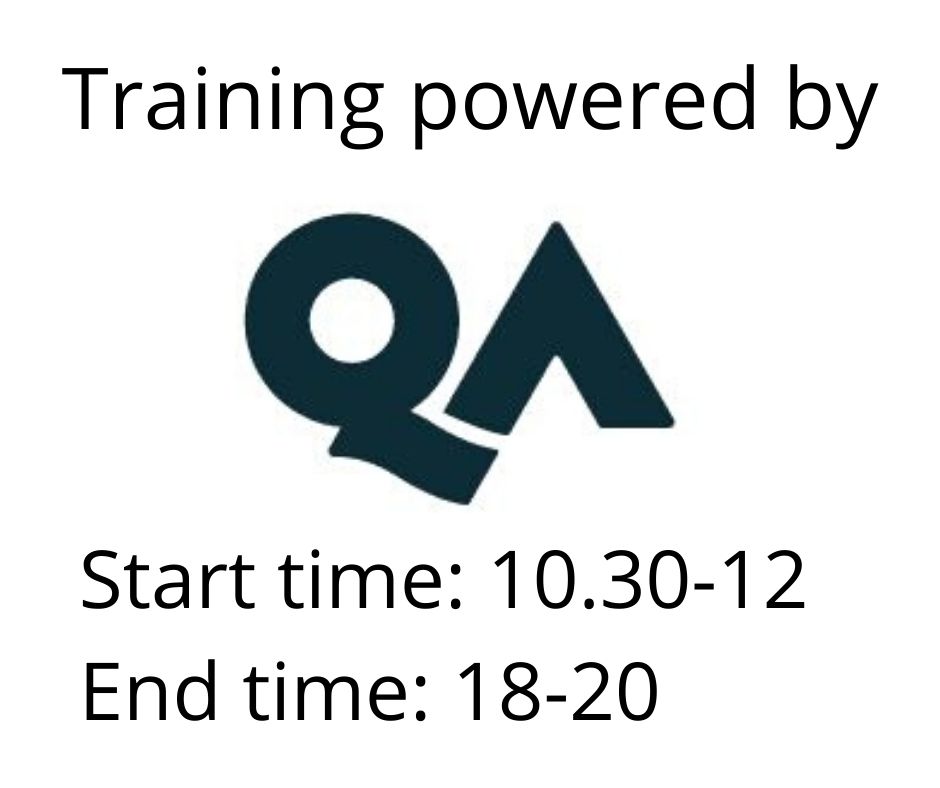Basic Administration of Microsoft Configuration Manager
Koulutusmuoto
Remote
Kesto
4 päivää
Hinta
4777 €
This four-day course describes how to use Configuration Manager and its associated site systems to efficiently manage network resources. In this course, you will learn day-to-day management tasks, including how to manage applications, client health, hardware and software inventory, operating system deployment, and software updates by using Configuration Manager. You also will learn how to manage compliance, and create management queries and reports.
In this course, you will learn day-to-day management tasks, this includes the following:
- Describe the features of Configuration Manager, and explain how you can use these features to manage PCs and mobile devices in an enterprise environment.
- Prepare a management infrastructure, including configuring boundaries, boundary groups, and resource discovery.
- Deploy and manage the Configuration Manager client.
- Configure, manage, and monitor hardware and software inventory.
- Analyse data by using queries and reports.
- Identify and configure the most appropriate method to distribute and manage content used for deployments.
- Distribute, deploy, and monitor applications for managed users and systems.
- Maintain software updates for PCs that Configuration Manager manages.
- Configure an operating-system deployment strategy by using Configuration Manager.
- Manage and maintain a Configuration Manager site.
Before attending this course, students must have:
- Networking fundamentals, including common networking protocols, topologies, hardware, media, routing, switching, and addressing.
- Active Directory Domain Services (AD DS) principles and fundamentals of AD DS management.
- Installation, configuration, and troubleshooting for Windows-based personal computers.
- Basic concepts of public key infrastructure (PKI) security.
- Basic understanding of scripting and Windows PowerShell syntax.
- Basic understanding of Windows Server roles and services.
- Basic understanding of the configuration options for iOS, Android, and Windows Mobile device platforms.
Module 1: Basics of Microsoft Configuration Manager
Microsoft Configuration Manager provides various features that can help you manage devices and users both on-premises and in the cloud.
Organizations that use Configuration Manager find that they can provide more effective IT services in relation to an integrated solution capable of software deployment, settings management, and asset management.
This module introduces you to the primary features, architecture, and management tools used with Configuration Manager. This module also provides a foundation that relates to all other features and management tasks discussed in this course.
After completing this module, you will be able to:
- Explain how Configuration Manager addresses the challenges of managing systems and users in today’s enterprise.
- Describe the Configuration Manager architecture.
- Describe the management tools that you use to perform administrative functions for Configuration Manager.
- Describe the tools that you use to monitor and troubleshoot a Configuration Manager site.
Module 2: Configuration of Configuration Manager Sites and Clients
You can manage computer and user resources within a Microsoft Configuration Manager environment only when Configuration Manager has discovered these resources and assigned them to a site.
After completing this module, you will be able to:
- Create boundaries and boundary groups that help create logical network locations containing computer devices that you need to manage in your Configuration Manager infrastructure.
- You will also learn about the discovery processes that you can use to identify computers, users, and the network infrastructure within your network environment.
- You can install the Microsoft Configuration Manager client software on windows-based devices such as servers, workstations, and laptops. You then can manage these devices.
- You will then learn about collections that support logical groupings of resources.
Module 3: Queries, Reports and CM Pivot
The Microsoft Configuration Manager database stores a large amount of data about the resources in your environment. You might not always want to perform all management tasks on all resources simultaneously.
Therefore, to help you locate devices or user objects in your environment that meet specific criteria, you can create queries.
You then can use these queries to create collections or to find additional information about specific resources. In addition to queries, you can run reports to view various types of information related to your Configuration Manager environment. To run Configuration Manager reports, you must install and configure a reporting services point.
This module also covers CMPivot which allows you to collect and view real-time data on all the connected devices in your environment. It will enable you to make real-time decisions.
After completing this module, you will be able to:
- Create and run queries.
- Configure Microsoft Configuration Manager integration with Microsoft SQL reporting services.
- Describe Microsoft Configuration Manager CMPivot and its uses.
Module 4: Inventory collection
The first feature that you are most likely to use when you implement Microsoft Configuration Manager is inventory collection.
You can use this feature to collect inventory from Configuration Manager clients. Once you collect details about hardware and software inventory, Software metering provides a way to monitor and collect software usage data from your Configuration Manager clients.
After completing this module, you will be able to:
- Understand inventory collection.
- Implement management tasks that use inventory data.
- Configure the processes of inventory collection.
- Configure software metering.
Module 5: Site maintenance
Microsoft Configuration Manager clients obtain content, such as packages, applications, software updates, and even operating system images, from a content infrastructure made up of distribution points and peer cache sources.
After completing this module, you will be able to:
- Review the content distribution and management features, configure distribution points, and learn how to distribute and monitor content.
- Create a single deployment for Windows-based clients and mobile devices that provides different installation options depending on specifically defined conditions.
- Use additional features, such as state-based reporting and detection methods to create intelligent deployments.
- Learn about the methods for creating, deploying, and managing applications with Configuration Manager.
- Learn to use the Software Center to install available applications.
Module 6: Windows Updates
For many organizations, maintaining software updates is a top priority on the administrators’ network management tasks list. Software update management helps ensure that computer devices maintain operational efficiency, and helps maintain the stability of the network infrastructure.
After completing this module, you will be able to:
- Implement an end-to-end management process for the complex task of identifying, deploying, and monitoring Microsoft and third-party software updates to your Configuration Manager clients.
Module 7: Operating System Deployment
You can use the operating system deployment feature in Microsoft Configuration Manager to create operating system images that you can deploy to unmanaged computers and those managed by Configuration Manager.
After completing this module, you will be able to:
- Identify scenarios in which you can deploy operating systems by using Configuration Manager, including when you are working with new systems or when you are upgrading existing ones. Operating system deployment uses both Configuration
- Manager and Windows components to manage and deliver operating system images.
- Deploy an operating system.
- Create and deploy task sequences.
Module 8: Site Administration
Role-based administration determines the tasks that an administrative user can perform and the objects and resources on which the user can perform those tasks.
Performing remote administration on client systems also is important for efficient management. Microsoft Configuration Manager supports a number of remote administration options to help troubleshoot or support a managed client, including Remote Tools, Remote Desktop, and Remote Assistance.
After completing this module, you will be able to:
- Learn to implement role-based administration by using security roles, security scopes, and collections.
- Learn how to implement and use remote control, remote desktop, and remote assistance.
QA reserves the right to improve the specification and format of its courses for the benefit of its customers without notice to the customer.



